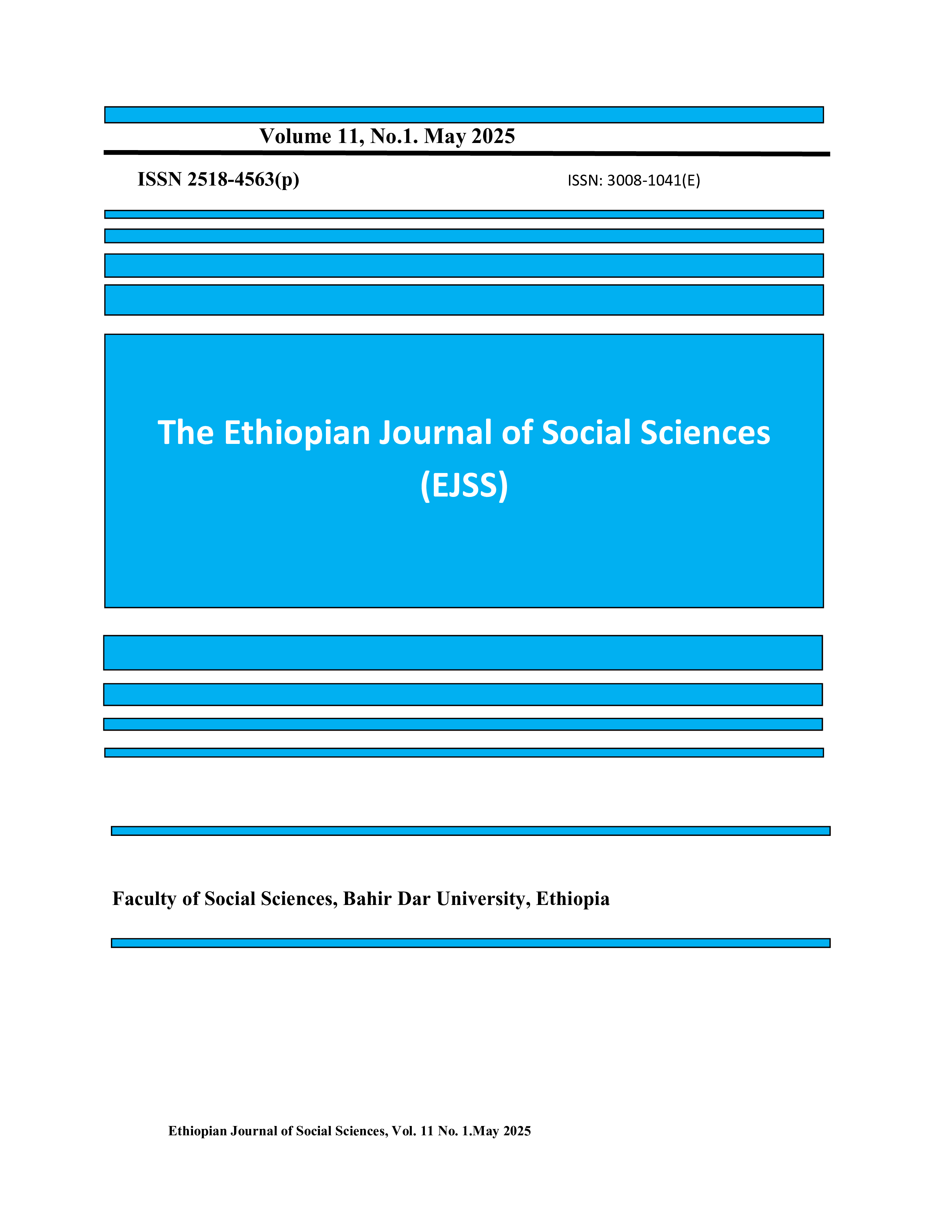The Representation of Ethiopian History in Secondary School History Textbooks (1979-2000)
Abstract
The main purpose of this study is to analyze the representation of Ethiopian history in secondary school history textbooks from 1979, with a focus on the Derg regime (1974–1991) and the early years of the EPRDF until 2000. Using qualitative content analysis of textbooks, curricula, and educational policy documents, the study reveals a history education shaped to align with socialist ideology, emphasizing class struggle while vilifying the pre-revolutionary periods of Ethiopia. Significant historical achievements, such as the Victory of Adwa, were undermined, promoting discord among people instead of fostering unity. The textbooks prioritized global socialist narratives over Ethiopian history, distorting events, excluding significant periods, and disregarding contributions of modern Ethiopian leaders such as Emperor Menelik II and Haile Selassie I. Moreover, the Marxist history curriculum relegated its role of fostering national cohesion and critical thinking by neglecting Ethiopian history and its unifying power.
Keywords: Community cohesion, History education, Marxist historiography, Objectivity, State ideology
Copyright (c) 2025 Yimegnutal Nibret Workye, Temesgen Gebeyehu Baye, Geremew Eskezia Addam

This work is licensed under a Creative Commons Attribution-ShareAlike 4.0 International License.
Authors who publish with this journal agree to the following terms:- Authors retain copyright and grant the journal right of first publication with the work simultaneously licensed under a Creative Commons Attribution License that allows others to share the work with an acknowledgement of the work's authorship and initial publication in this journal.
- Authors are able to enter into separate, additional contractual arrangements for the non-exclusive distribution of the journal's published version of the work (e.g., post it to an institutional repository or publish it in a book), with an acknowledgement of its initial publication in this journal.
- Authors are permitted and encouraged to post their work online (e.g., in institutional repositories or on their website) after publication in EJSS.

